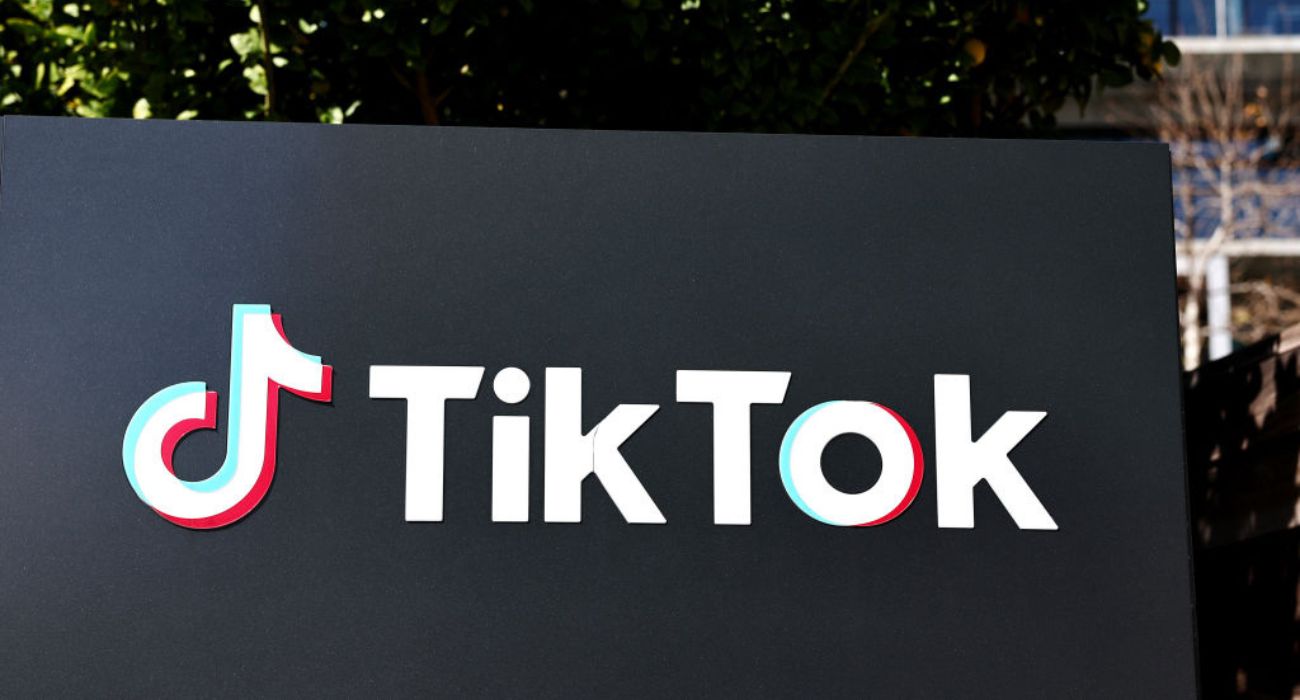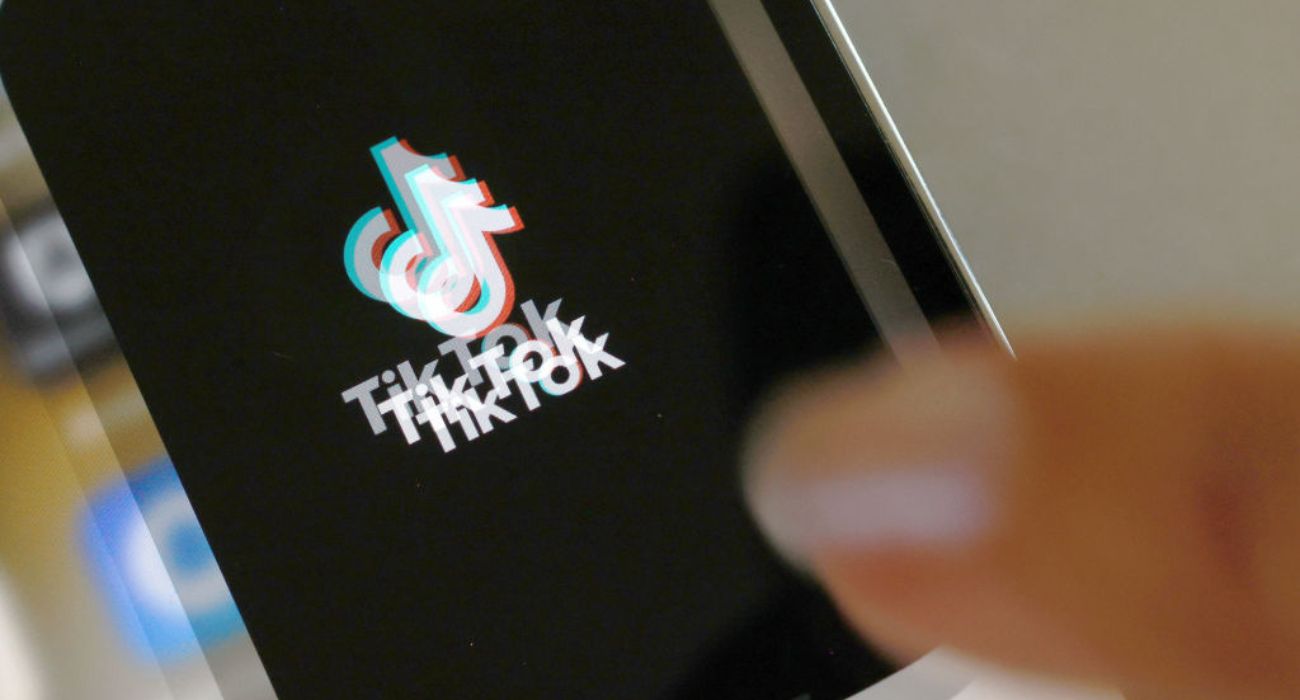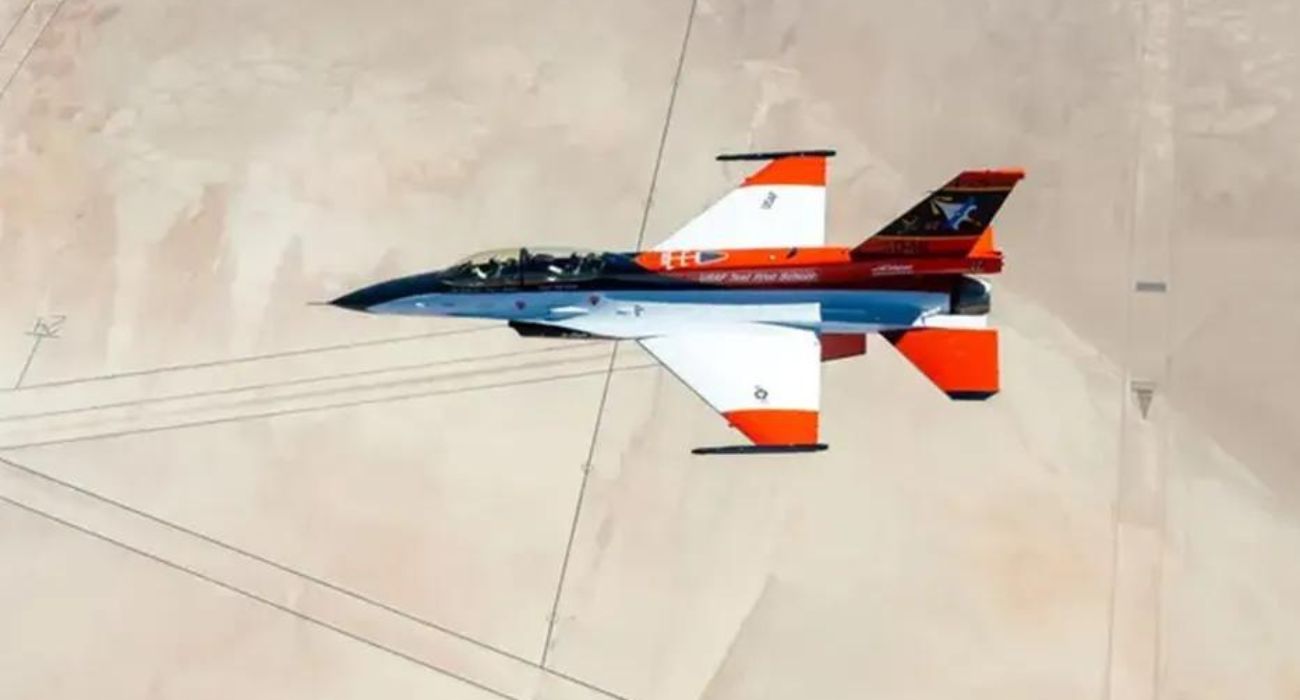An annual report released last week by NATO showed that only seven out of 30 member states met the 2% of GDP goal in defense spending in 2022.
In a press conference held in Brussels on March 21, NATO Secretary General Jens Stoltenberg called on member nations to increase their defense spending in light of these low figures.
The 2% target had been made with the Defense Investment Pledge of 2014 in response to Russia’s illegal annexation of Crimea.
Stoltenberg explained during the press conference that the situation has since escalated into an invasion of Ukraine, “[so] if there was a need to increase defense spending back in 2014, it is even more obvious now.”
He also expressed his frustration with NATO members, pointing out that they have had nearly 10 years to get their defense spending on track.
“[My] message to Allies is that I welcome what they’ve done, but they need to speed up, they need to deliver more in a more dangerous world, we need to invest more in defense,” he said.
The seven member countries that met the 2% defense spending target in 2022 were the United States, United Kingdom, Greece, Poland, Estonia, Latvia, and Lithuania.
Moreover, the report showed that last year’s total defense spending was estimated to exceed $1 trillion. The U.S., which accounts for 54% of the combined GDP of NATO nations, assumed around 70% of the total defense expenditure.
On the other hand, France, Italy, Germany, Canada, and Turkey were among those that fell short of the goal.
Germany, a larger and wealthier NATO member that fell significantly short of the 2% goal with 1.44%, cited various reasons why it fell short. These ranged from continuous procurement issues and bureaucratic snags to backlogs at defense companies, per Bloomberg.
The failure to meet the spending target has implications for NATO’s military infrastructure and collective defense capabilities.
Several European countries have underfunded their militaries for years due to a misguided belief that large-scale land wars were obsolete, per The New York Times.
This has been seen recently in the difficulties Europe has encountered while trying to provide military aid to Ukraine, evident in the delays seen in tank deliveries, as reported earlier this month by The Dallas Express.
The issue of defense spending has been a source of tension within NATO for years.
In 2018, former President Donald Trump criticized several member states for not meeting the 2% threshold at a summit in Helsinki.
Pointing a finger at Germany in particular and its then-reliance on Russia for natural gas, Trump said, “It certainly doesn’t seem to make sense that they paid billions of dollars to Russia and we have to defend them against Russia,” per CNN.
As Stoltenberg noted during the press conference, on the whole, member countries have increased their defense spending by $350 billion since 2014. Yet much more needs to be done to enhance NATO’s collective defense and deterrence posture.
Last summer, NATO agreed on a new force model that put about 300,000 troops on high alert and formed rotational brigades to defend the eastern flank. This defense posture requires funds, according to Bloomberg.
“Now these pledges must turn into real cash, contracts, and concrete equipment. Because defense spending underpins everything we do,” explained Stoltenberg during the press conference.
A new target defense spending target will be agreed upon when NATO members meet this summer. Stoltenberg hopes that the 2% of GDP will be set as a minimum rather than as a goal.
“At our Summit in Vilnius in July, I expect Allies to agree a more ambitious new defense investment pledge. … In this new and more contested world, we cannot take our security for granted. It is our security that underpins our prosperity and our way of life,” he said.







I’ll zip my lip about NATO. I don’t have good things to say about them.